Named after the 1958 electro acoustic composition by Edgard Varèse, London quartet POEME ELECTRONIQUE are best known for releasing just one single ‘The Echoes Fade’ on Carrere Records back in 1982.
Comprising of Julie Ruler (vocals), Sharon Abbott (vocals), Dave Hewson (synthesizers) and Les Hewson (bass), the sub-7 minute single was championed by John Peel and became a much sought after collector’s item when there came retrospective demand for what was now being called “minimal synth” and “coldwave”.
This interest prompted Marc Schaffer of Anna Logue Records to track down and contact Dave Hewson in 2007 who by now has disbanded POEME ELECTRONIQUE and quietly having as a successful career as a composer, arranger and producer for television and film; one of his best known productions was ‘Anyone Can Fall In Love’, the vocal version of the ‘Eastenders’ theme by Anita Dobson.
The end result of the link up with Anna Logue Records was a 7” reissue of ‘The Echoes Fade’ in gently remixed form and more significantly in 2009, a double album set of previously unreleased POEME ELECTRONIQUE material recorded back in the day. The union also led to the formation of TWINS NATALIA and the album ‘The Destiny Room’ which reunited Hewson in the studio with Julie Ruler and Sharon Abbott to music that has been co-written with Schaffer.
Dave Hewson spoke to ELECTRICITYCLUB.CO.UK about synths, POEME ELECTRONIQUE, TWINS NATALIA and much more…
You studied at Trinity College of Music, how did you becoming interested in using synthesizers?
I was given an amazing opportunity as a teenager while still studying at school, to be given a scholarship to be able to go to the Royal College of Music’s electronic music studio once a week, where I was given tuition in electronic music composition with Lawrence, Cassidy and Tristan Carey. Prior to this, I had to started to experiment with Musique Concrete techniques, as I had been gifted a small Phillips tape machine.
The early compositions that I created in the early late 60s and early 70s were made using tape editing and loop techniques. To the credit of our local education authority, they maybe could foresee a future for me in the world of electronic music creation.
I also experimented with various tape speeds, reversed, sounds, all the kinds of things you would expect from the Radiophonic Workshop, which was a source of fascination and inspiration for me. I had written and a lot of classical compositions that I never saw being able to being performed, so I worked out, that if I had a machine to produce my music, I could create record and make my own compositions from scratch. It didn’t stop me writing a great deal of piano and orchestral music, but I loved the experimentation involved with tapes combined with the electronics.
I was also very inspired as a teenager when I heard ‘Visage’ by Luciano Berio for the first time, and some of the concrete compositions by Pierre Schaffer, listening to some of the early music I created in the early 70s, l can now I can see how strong that influence was. My interest was also enhanced after discovering the amazing work by Wendy Carlos and Tomita.
What sorts of synths became available to you to use there and was there a college hierarchy as to their use?
They had several EMS VCS3s, and some external EMS modules filters and sequences etc. I was encouraged to learn how to use the VCS and it proved to be invaluable. Once you’ve got used to the matrix system, it seems very simple. It is a fantastic synthesizer and I’m so pleased to see that it is being reborn by some manufacturers in various forms.
What was the first synth you got?
My parents gifted me an EMS AKS in 1970, this opened up a whole new sonic world for me, and this was the very start of my personal electronic journey.
Electronic pop was becoming the future of music by 1980 so how did POEME ELECTRONIQUE come into being and who were your role models as far as that musical direction?
In the late 70s, my brother Les asked me if I would be interested in playing keyboards with his band, a lively and very active punk rock band called STAGESTRUCK. They were very influenced by bands like THE TUBES and SIOUXSIE & THE BANSHEES. It soon became a seven piece line-up and we played regularly in South London. It had a very large fan base and following, I soon started to write material for the band.
We had a single on Trident Records called ‘Smoke’ and it was recorded at Trident Studios in London. It did not do very well. In fact it was banned by the BBC; it was an anti-smoking song, so I don’t really think they got the message or understood. The band split and I decided to form POEME ELECTRONIQUE with my two cousins Sharon and Julie, and with my brother. The girls had been the backing vocalists in STAGESTRUCK, but now Sharon and Julie were to form the very core part In this new venture.
My brother played bass guitar on many of the tracks that we created. We then started to produce songs in a very small 4 track recording studio, just in a tiny room in our home in South London. I guess our main influence then would’ve come from SOFT CELL, EURYTHMICS, THE HUMAN LEAGUE, YAZOO and Nina Hagen.
What was the creative dynamic between the four of you?
We had a very set way of producing our material. Sharon would constantly supply me with lyrics and I would use these as the inspiration for my electronic songs. This was never difficult, as she was brilliant at painting an immediate picture of how the track should form itself, so the title and the lyrics would often give the direction.
I would arrange the whole track produce and create the vocal line to fit Sharon’s lyrics, adjusting where I would need to, and Julie would sing the backing vocals. Sharon would sing the lead, and on some tracks my brother Les would play bass guitar. I tend to work very much on my own being a producer and creator at all levels, singing a guide for the lead line, and for the backing vocals. Occasionally, if the song felt right, I would also add some backing vocals myself, and also some vocoder additions, as in the Poeme song ‘Theories’.
The portastudios that came on the market at the time were a revelation, but which was your tape machine of choice and how was it to use?
We used a TEAC 4 track reel-to-reel machine, the A3340S. It had simul-sync, so we were able to bounce tracks to form layers. I would make a stereo mix, and then leave two tracks just for the vocals.
How did you choose ‘The Echoes Fade’ to be your debut single?
I think we chose ‘The Echoes Fade’ because it seemed to sum up completely what POEME ELECTRONIQUE was about – lyrics by Sharon that were very poetic in nature, and the addition of my electronic synthesises and drum machines. “poeme electronique” – “electronic poem”
How did the deal with Carrere Records to release ‘The Echoes Fade’ come about because at the time, they were mostly known for Euro disco pop like Sheila B Devotion, Amii Stewart and Patrick Hernandez?
To our amazement ‘The Echoes Fade’ was championed by the record company executive Freddie Canon who was the chief of A&R at Carrere Records in London at that time. Our then-manager Barry Dunning (he managed the group MUD in the 60s) played our 4 track version of the song to Freddie, he wanted to release it just as it was, completely unaltered, so that’s exactly what happened, we were totally amazed. Freddie had a great ability to spot the unusual and different.
The length of the song worked against us from the start, as most radio stations did not play it, because it did not fit into the required timeslot of a three minute pop record, and I guess that was always going to be a problem. The only person who liked our record and played it on his show, was the late great John Peel. This meant so much to us of course. We had created several songs ready to go, but because of the lack of interest in POEME ELECTRONIQUE poem, it was all buried amongst all of the many tracks that we had started to produce.
Freddie Cannon did not lose interest in us and really believed in the track, and so he sought a more commercial approach, which for us would be to create an album that later became known as ‘Danse Electronique’ by ELECTRO PHONIQUE. It was an album of electronic covers of hits from the period so on that disc is SOFT CELL – THE HUMAN LEAGUE – KRAFTWERK etc, a few copies still turn up on eBay.
As for ‘The Echoes Fade’, to our amazement, it will often sell for many pounds – crazy, so l guess at that time, Poeme was not to be. It did not stop me writing songs however and in the period after the single, we must’ve created over 50 tracks, they were tucked away for years.
Was it a disappointment that ‘The Echoes Fade’ b/w ‘Voice’ came out in a plain black sleeve and not a picture bag as had become the norm at the time, or was it intentional to allow the music to stand out on its own?
It’s a great shame that it came out with just a plain black sleeve and I’m sure a picture bag would’ve made it even more collectible. I guess it’s because we were so naive at that time, it did not occur to us that it would matter, I think we were just so grateful and thrilled to have a song released. Now that we have the brilliant Steve Lippert to design our sleeves – it’s made up for that I guess.
How was the public reaction to ‘The Echoes Fade’, was there excitement in the band?
Public reaction was difficult to judge, I think we were all very enthusiastic and made a couple of home-made videos to try and promote the single. Sharon is an extraordinary performer, a pure natural in every sense. Julie also bought magic to her backing vocals with her life performances.
After that, POEME ELECTRONIQUE went silent but then Anna Logue Records got in contact to reissue ‘The Echoes Fade’ b/w ‘Voice’ in 2007, this time with a picture bag… you opted to remix the two tracks, but what rules did you impose on yourself for that process?
I was so excited and thrilled when Anna Logue records got in touch with us, and was amazed that there was an interest in our music. The track is based on a version that I had created just after the original, this version being tucked away for many years. It was created on 16 track tape, so I took 90% of those elements and then just added a few updates, vocals from Sharon and Julie are the originals from that time.
Why had POEME ELECTRONIQUE been put into hiatus?
After I gave up teaching full-time, music composing was the only source of my income. I guess any projects that I couldn’t see being able to sustain me financially were very much put on hold. I was determined to create as much music as I could, and that I hoped that would pay.
I have Marc Schaffer to thank for the renewed interest, and that l might be able to work on Poeme again. I had become able to support myself financially through my television music etc, so this gave me more time to work on Poeme and other projects.
How did the TV soundtrack work come about?
My composition teacher, Richard Arnell introduced me to students at the London International Film School, where I would compose music for free for the students’ films. This was really helpful, and a great teaching tool for me. I learnt a great deal about writing to picture. Gradually I started to be involved in more commercial projects, one of the students at the school called Laurence Posner produced a film on ‘The Prisoner’ TV series and asked me if I would write the music.
Things developed from there and I was also asked as a keyboard player to perform on a number of artists’ productions, including Amii Stewart’s remixes of ‘Knock On Wood’ which I also produced.
You worked on TECHNO TWINS’ 1982 album ‘Technostalgia’, what was that like for you?
I was at college with Bev Sage, one half of TECHNO TWINS, and met her again several years later when we recorded ‘Smoke’ at Trident Studios, she was in a band called FAMOUS NAMES. They were there, recording their single at the same time as us.
She asked me if I would be interested in writing some songs for her, and so the majority of the material that they released as TECHNO TWINS was created in my little 4 track studio in South London. I enjoyed the work on ‘Technostalgia’, I created the cover version of the only successful single they released ‘Falling In Love Again’ with my MS-20 synthesizer, my little Boss DR55 drum machine, and my 4 track.
When ‘The Echoes Fade’ double album collection came out on Anna Logue Records in late 2009, it included 14 previously unreleased tracks from 1980-1983; had there been any interest from other labels back then? Had you considered self-releasing the material or was that impossible at the time?
I think that our material at that time was considered to be too off the wall, and releasing ourselves was beyond us I guess.
What was your approach to the final sound for this 2009 release? How far could you take the mix?
We wanted to keep the material as close to the original as possible, and many of the tracks are just stereo mixes of the four track masters. The most important thing for me was to capture Sharon’s original vocals and Julie’s backing vocals, I did use some noise reduction to clean up the analog tapes, and replace some of the drum sounds with a like-for-like. There was a lot of post-production and editing.
Unlike a lot of “minimal synth” or “coldwave” of that period, POEME ELECTRONIQUE were very song based and had tunes, where did this classic songwriting influence come from?
I think it was Sharon’s lyrics that inspired a much more song-based approach to the writing. A good example is ‘It’s In The Atmosphere’ which has a cinematic feel, I think the melodic influences must’ve come from my classical training.
What are your favourite POEME ELECTRONIQUE tracks from this period?
I find it difficult to choose, I love all of the songs that we created, each song had a particular story to tell, ‘Dilemma’ is a good example, and also ‘Atoman’ maybe predicting the future that we are now all living in.
The union with Anna Logue Records led to new POEME ELECTRONIQUE tracks and the formation of a sister band TWINS NATALIA, what has it been like to compose and construct synthpop songs again in the modern era?
This was very inspiring, and also gave us an opportunity to explore a new outlet. Marc Schaffer providing the original track ideas, which I would take forward into full blown productions, creating and the lead melody, and backing vocals which Sharon and Julie sang, Sharon would provide the lyrics. I would perform all of the synth and drum machine parts, we did not involve any other musicians. The production was computer based, using virtual synths.
Are there any differences with how you approach TWINS NATALIA compared with POEME ELECTRONIQUE, is there something you would do with one that you maybe wouldn’t do with the other?
I suppose we could regard TWINS NATALIA as the new POEME ELECTRONIQUE, but I think the TWINS NATALIA concept is much grander and more developed from a production point of view, but the essence of Poeme is very clear to hear l feel.
How did you end up doing the lead vocal on ‘I Avoid Strangers’?
I have never really considered myself to be a good singer in any way, but somehow, when I listen to the track, my voice seem to work, so I gave it a try and I think it’s not half bad.
How do you now look back on ‘The Destiny Room’ album?
I am very proud of what we achieved on that album. Some of the songs are epic in nature, ‘Set Love Free’ is a good example, it gave me a chance to explore so many areas of production, Sharon and Julie performed amazing vocals.
Your synth soloing style appears to have a very prog influence, please discuss?
I never plan my synth solos, they come straight off the top of my head, and I improvise and play in the way that reflects just how I’m feeling, allowing the track to inspire the twists and turns of the solo. Having worked on the track for a long time, the chord sequences are embedded in my head, so I kind of know what’s coming next, in every bar. I think as far as the prog influences concerned, if I were a guitarist, it would be very similar.
What would you say has been your favourite synth of all time?
I guess it would have to be the VCS3, not ideal in for solos or chords, but just in terms of an absolute “sound house” of inspiration I don’t think you could get better. The other since synth that was an enormous influence on me was my CS80, just so expressive, it features very heavily on the Poeme album, particularly on ‘It’s In The Atmosphere’. My CS80 kept breaking down so very sadly, I had to let it go. I wish I’d kept it.
Did you keep your original synths or are they long gone? Where do you stand on the VST versus hardware debate?
When I sold my house in Sussex, the studio had to go, alongside racks and racks of synthesizers, my Emulator 2, my Jupiter 6, my CS80 etc. They have all now been replaced by virtual versions. For me, it’s just a means to an end and in the back of my head, I don’t feel as if I’ve lost my beloved analog synths. Now l have a collection of virtual synths far greater than I had. In the analog world, I wouldn’t have the room from those keyboard instruments now, that’s for sure.
You’ve kept the music of POEME ELECTRONIQUE and TWINS NATALIA largely off streaming services and more or less exclusively on Bandcamp, has this been a deliberate strategy or will that change in the future with any possible reissues?
I want to try and make all the material available. Getting vinyl prepared and ready can take a while, but I have so much material in the pipeline. I am keen to get that out to the people who want to listen to my music. Bandcamp is an immediate and speedy vehicle for just that.
What about the necessary evil of social media, how do find navigating that?
We live in a world now where Pandora’s Box is well and truly open, and we can’t avoid social media. I tend to play it fairly low-key, but will always respond to people who are interested to see what I’m trying to achieve with my music.
So will there be any new POEME ELECTRONIQUE and TWINS NATALIA albums, what are you up to at the moment?
My plan is to make available a large number of POEME ELECTRONIQUE tracks that never ever saw the light of day. Some of these were recorded, but a large number never ever made it onto tape, so it would be an exciting project to remake those with new technology. I think these will be initially on Bandcamp, but I’m sure that they will also come up as a vinyl release, as the second Poeme album called ‘Fashion For All Sexes’.
There are also new and exciting tracks in the pipeline from TWINS NATALIA, most recently a collaboration with the wonderful performer and singer Kriistal Ann. I am also exploring the use of AI for lead vocal lines, using my vocal as a guide. I am also planning a solo synth album of dark minimal tracks.
ELECTRICITYCLUB.CO.UK gives its warmest thanks to Dave Hewson
Special thanks to Marc Schaffer at Anna Logue Records
The albums ‘The Echoes Fade’ by POEME ELECTRONIQUE and ‘The Destiny Room’ by TWINS NATALIA are available digitally from https://davehewson.bandcamp.com/
https://www.facebook.com/profile.php?id=100029145923592
https://www.facebook.com/twinsnatalia
https://soundcloud.com/davehewson/sets/electrophonique
Text and Interview by Chi Ming Lai
5th April 2025



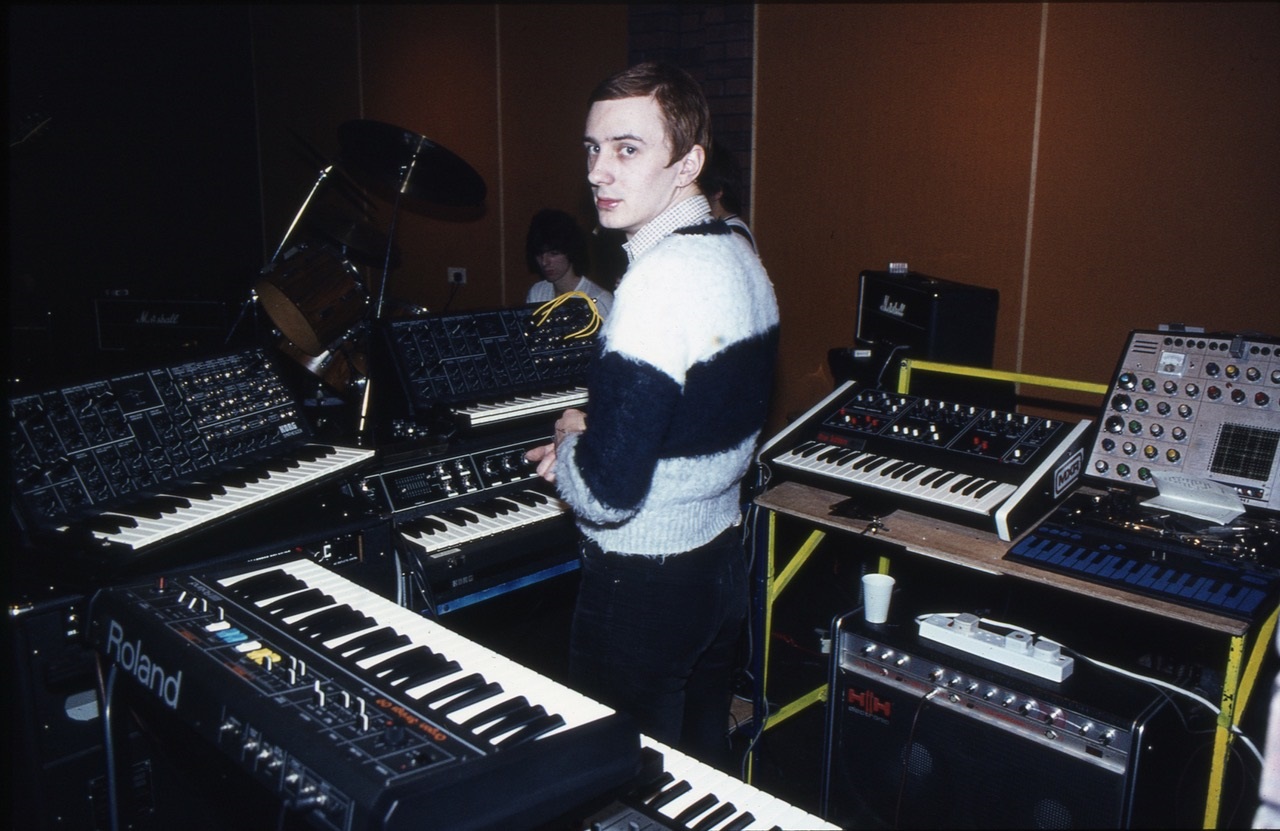
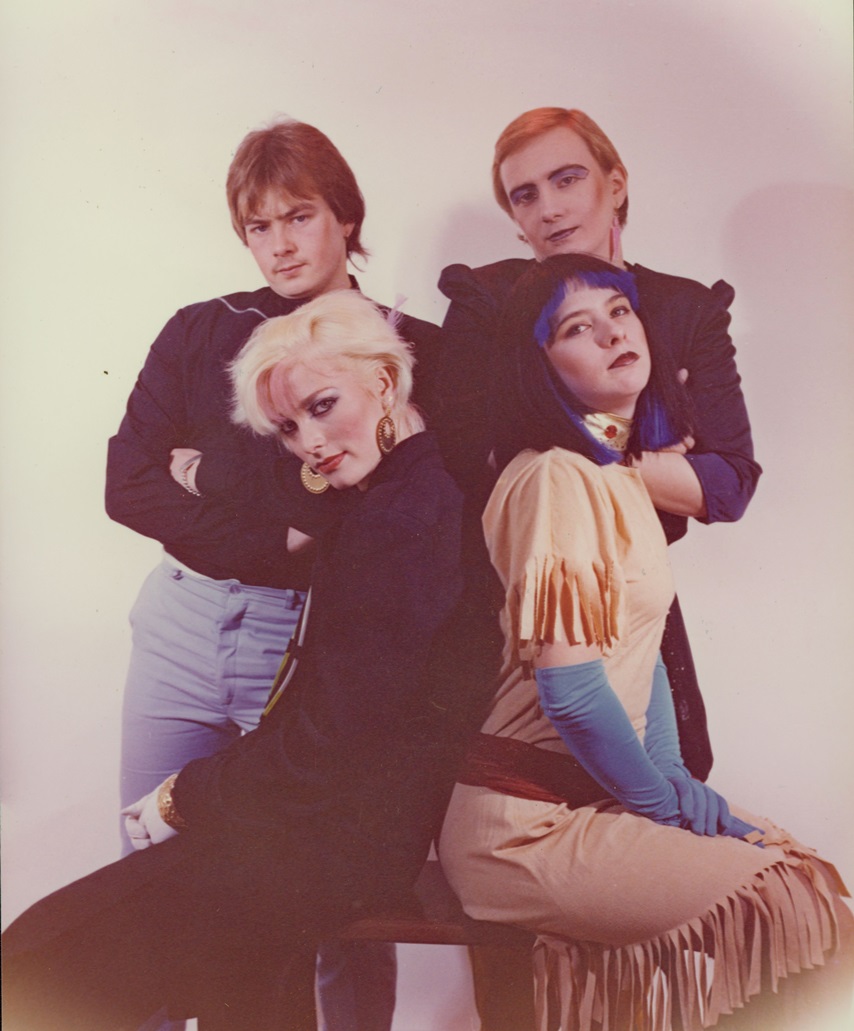



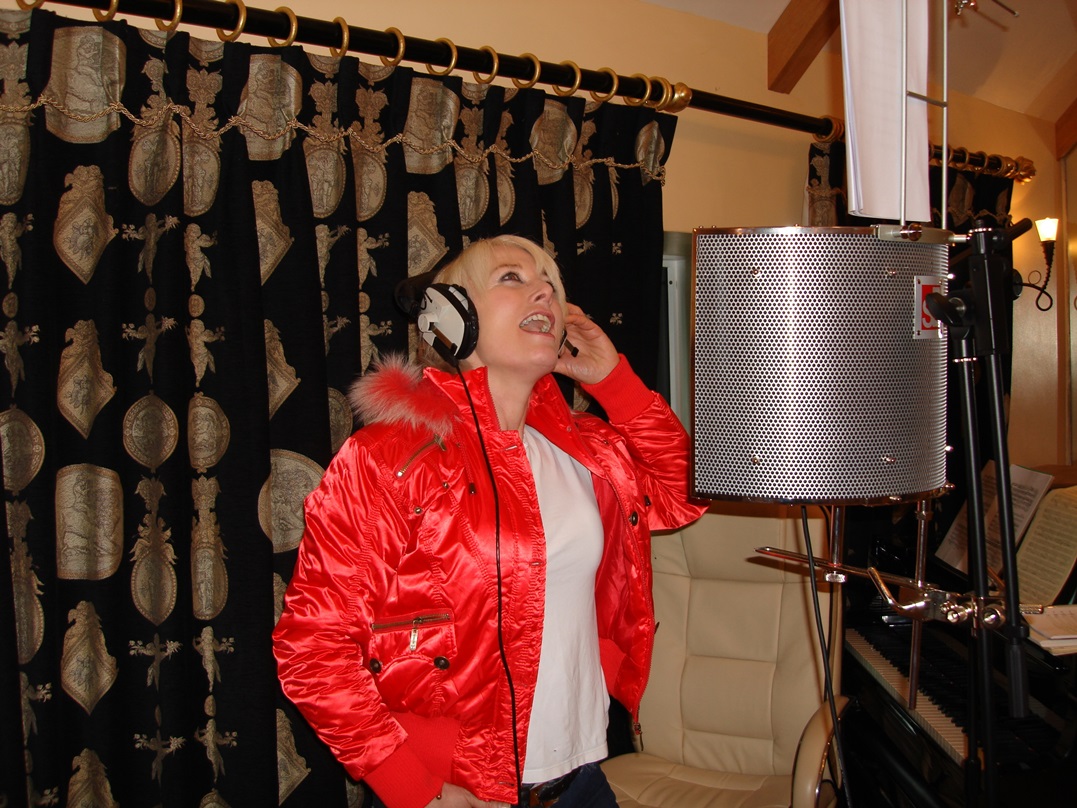
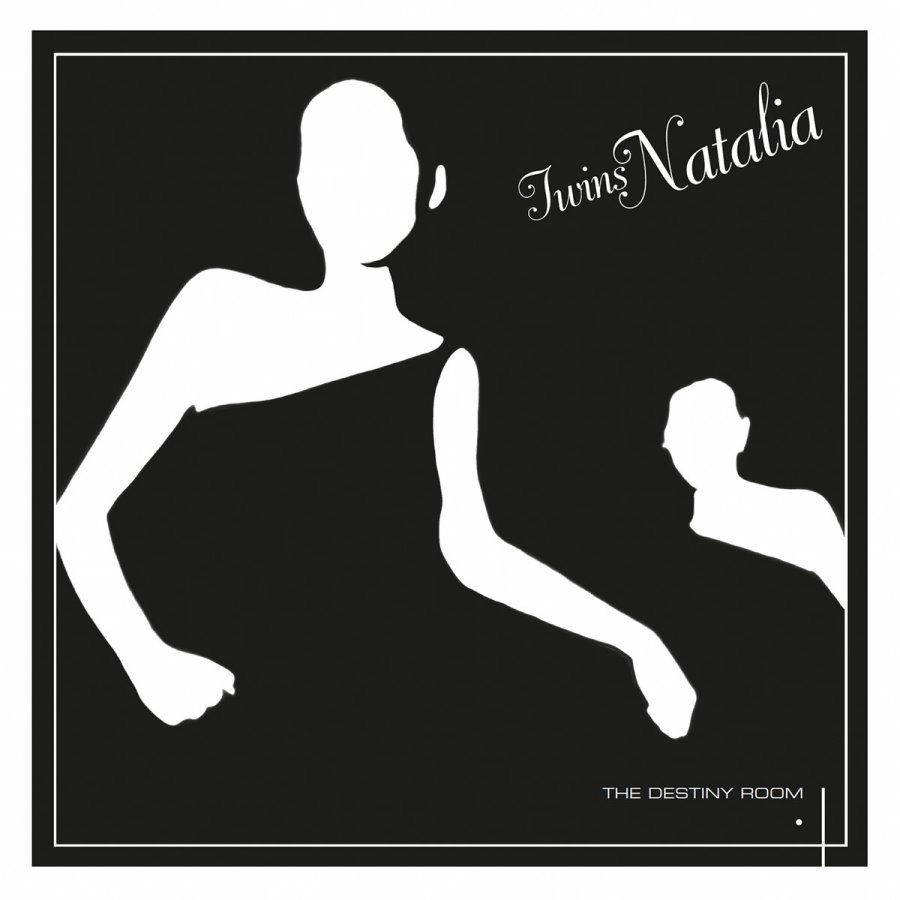
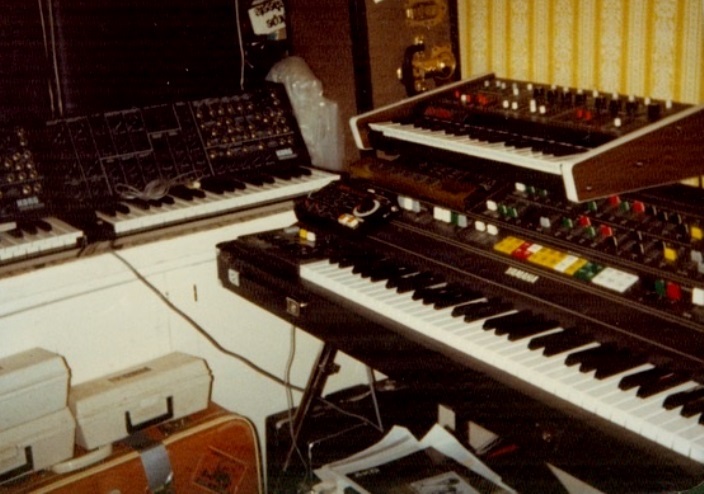
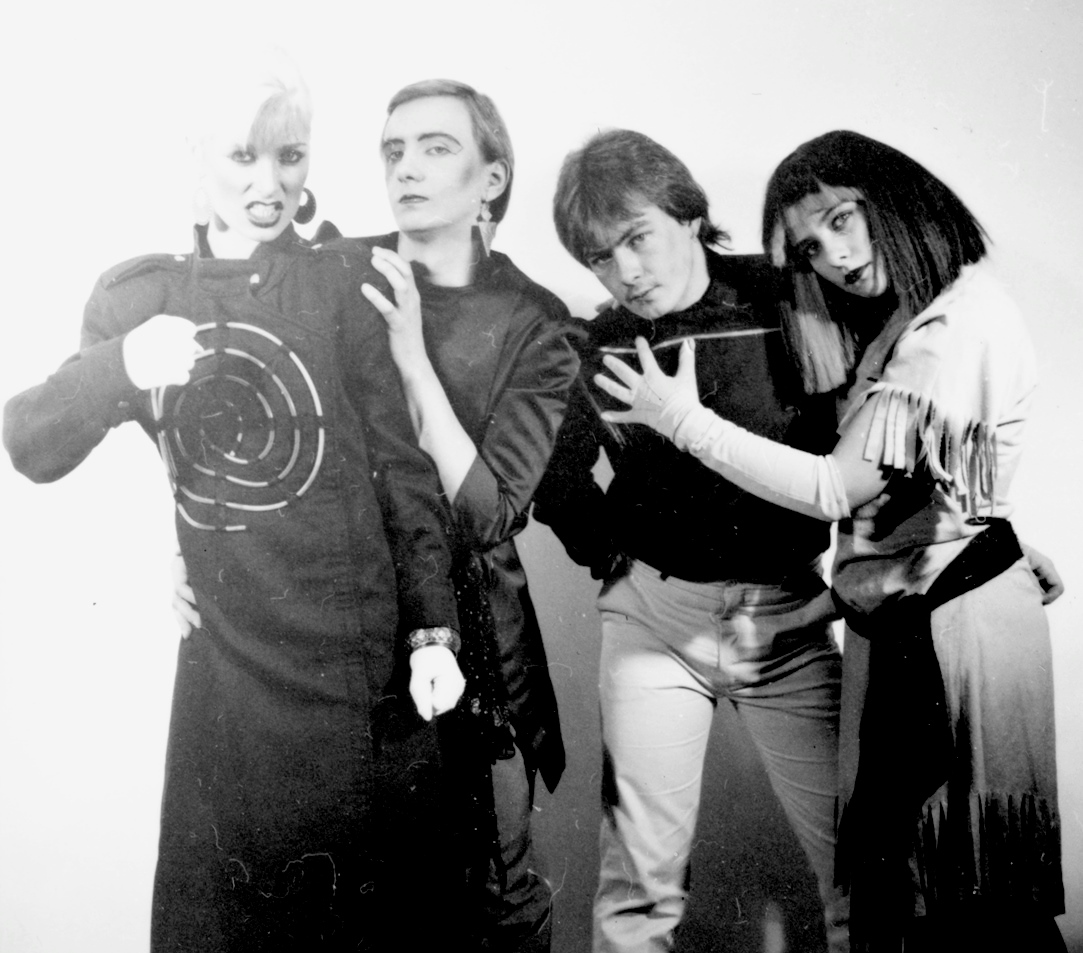
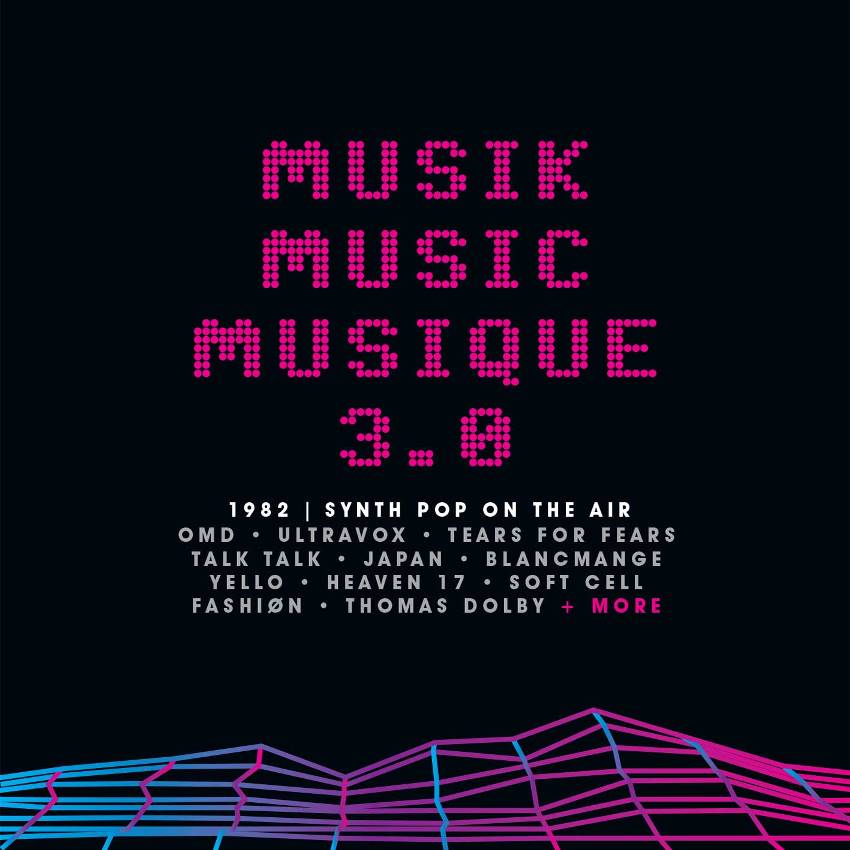
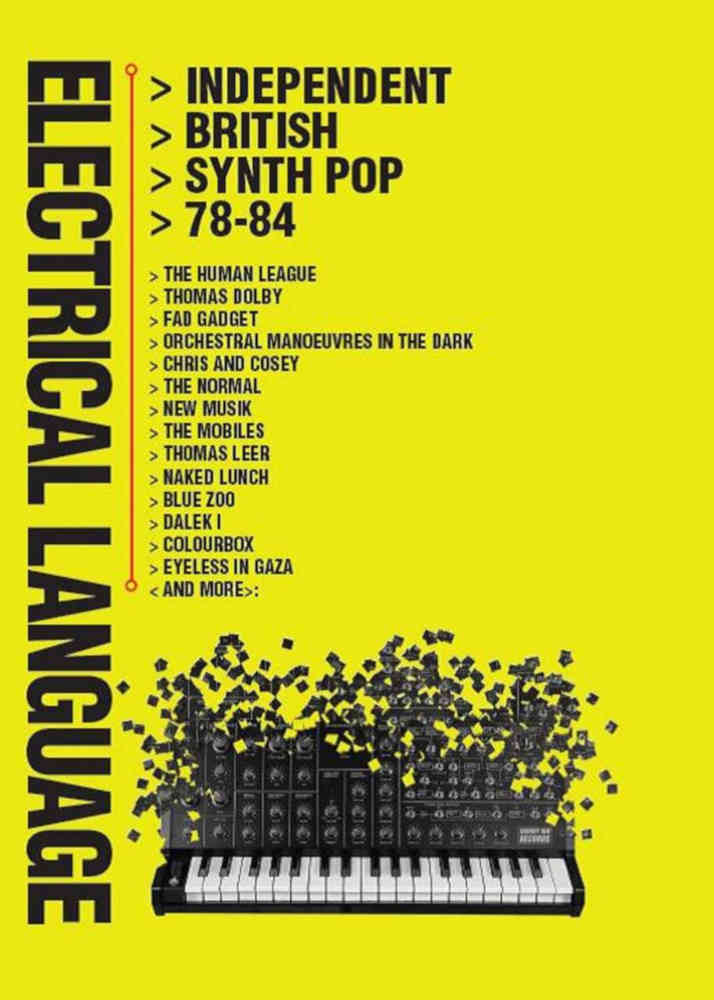
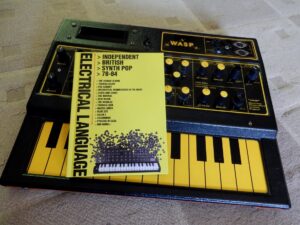
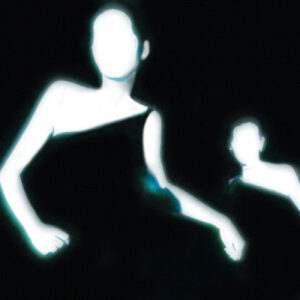

Follow Us!